Recently, German media reported that affected by the energy crisis, Switzerland may ban the use of electric vehicles except for “absolutely necessary trips” . That is to say, electric vehicles will be restricted from traveling, and “don’t go on the road unless necessary”, which is undoubtedly a heavy blow to the Swiss electric vehicle market, and Switzerland will also become the first country in the world to restrict the use of electric vehicles.
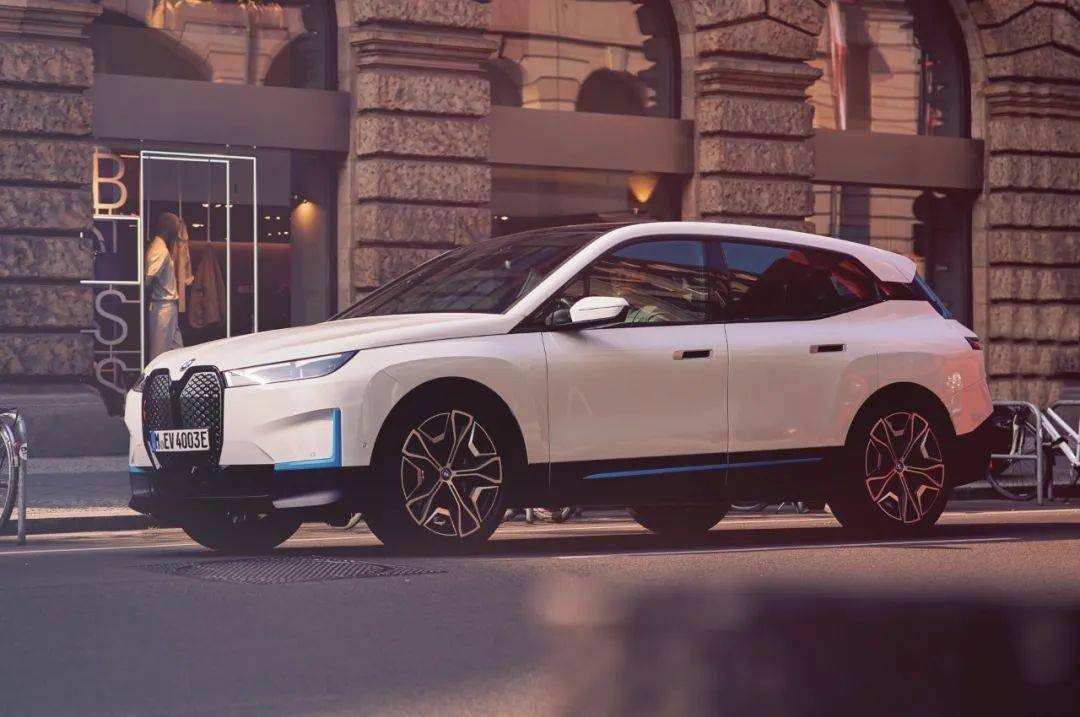
A developed country can’t even afford electricity? In the face of the energy crisis, such magical things are not alarmist. Earlier, the Swiss power department issued an alert saying that the country may experience insufficient power supply in winter. In order to survive the winter smoothly, Switzerland issued a draft decree on ” restriction and prohibition of the use of electric energy ” in late November , which includes regulations on the transportation field.
According to reports, Switzerland is not the only country considering restrictions on electric vehicles. Germany, which is also in the vortex of the energy crisis, may also impose restrictions on electric vehicle charging .
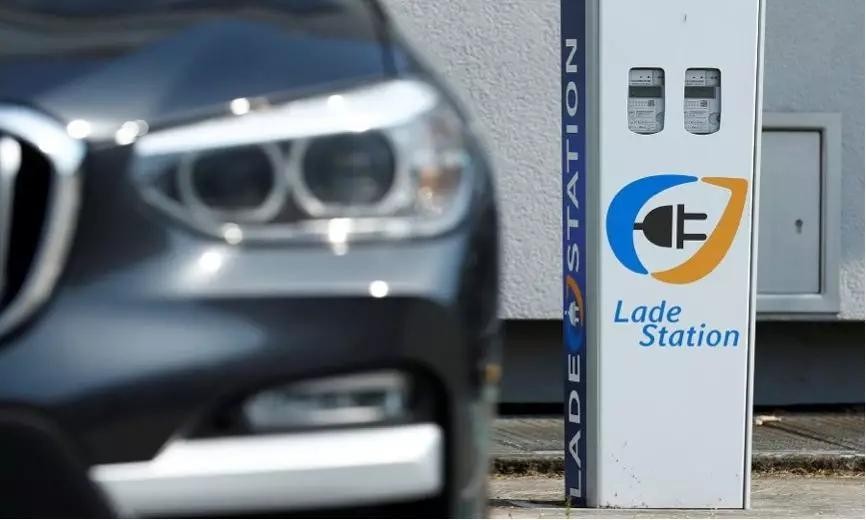
In the critical period when European car companies are generally implementing electrification transformation, the actions of Switzerland and Germany are bad news for the electric vehicle market. Order” is also a helpless move. The dual carbon targets and the energy crisis are the biggest obstacles to the development of the European electric vehicle industry.
01
Insufficient power to blame electric vehicles?
After the publication of the draft of “banning electric vehicles” in Switzerland, the Swiss Automobile Association clearly expressed its opposition: after the announcement of the relevant plan terms in December, they will vote against all driving bans on electric vehicles .
Electricity demand from electric vehicles in Switzerland will account for just 0.4 percent of total demand in 2021, the figures show . This ratio shows that restricting the use of electric vehicles in Switzerland is not enough to alleviate the shortage of power supply. Switzerland’s power structure is destined to achieve a minimum level of self-sufficiency if the country wants to get rid of the power shortage.
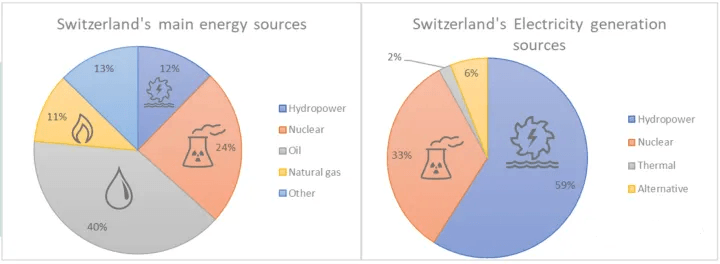
Switzerland lacks fossil energy and relies heavily on imports, but has outstanding advantages in hydropower resources. Nearly 60% of domestic electricity comes from hydropower , followed by nuclear power, and then solar energy, wind energy, and biomass energy. However, the total power generation is still far below the demand, so it has to rely on the excess capacity of France and Germany to make up for the gap of insufficient domestic capacity.

But with the output of several French nuclear power plants down to their lowest levels in nearly 30 years, instability in Germany’s wind and solar power and power supply problems after the loss of Russian pipeline gas means Switzerland will be able to import very little electricity this year. In this case, Switzerland has to take action on electric vehicles.
According to 2019 data, the sector with the highest carbon emissions in Switzerland is the transportation sector, which accounts for almost one-third of energy consumption, followed by construction and industry. Since 2012, Switzerland has stipulated that “newly registered passenger cars shall not exceed the average carbon dioxide emission requirements”, and in the “Energy Strategy 2050″, the development of “consumption reduction and efficiency improvement” in areas including transportation, and even The Energy Conservation Coalition has also been formed to encourage homes and businesses to turn down heating, reduce hot water use, switch off appliances and lights, bake and cook energy-efficiently…
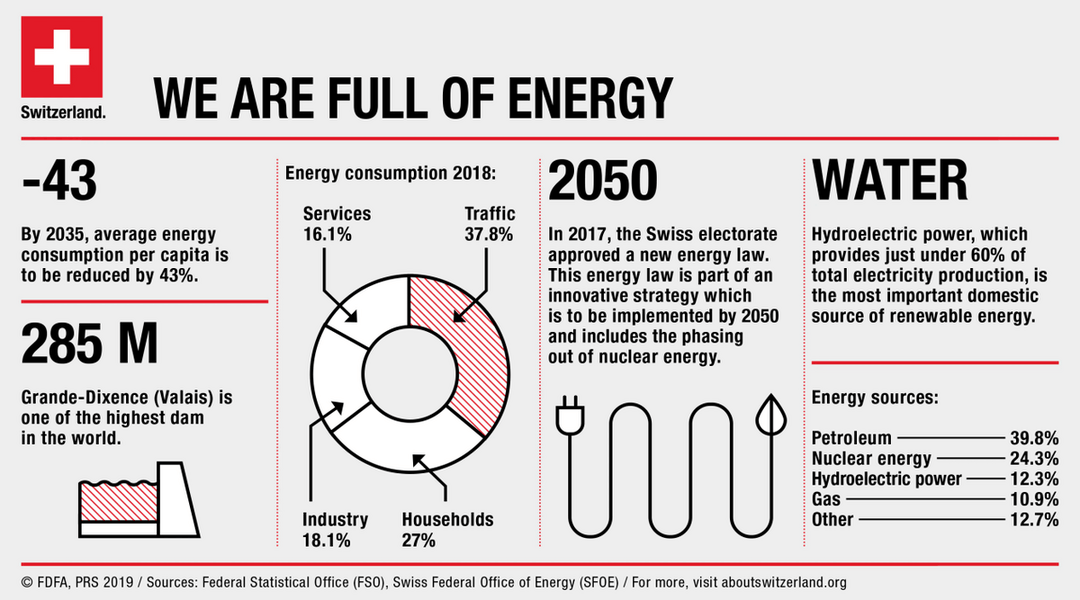
From this point of view, it is not surprising that the Swiss, who are extremely energy-efficient, will limit the use of electric vehicles.
02
Are the European electric vehicle industry and Chinese overseas car companies doing well?
In recent years, the European electric vehicle market has continued to expand. In 2021, the sales volume of electric vehicles in Europe will reach 1.22 million, an increase of 63% compared with 746,000 in 2020, accounting for 29% of the total global sales of electric vehicles , and the second largest in the world after China. The second largest electric vehicle market.
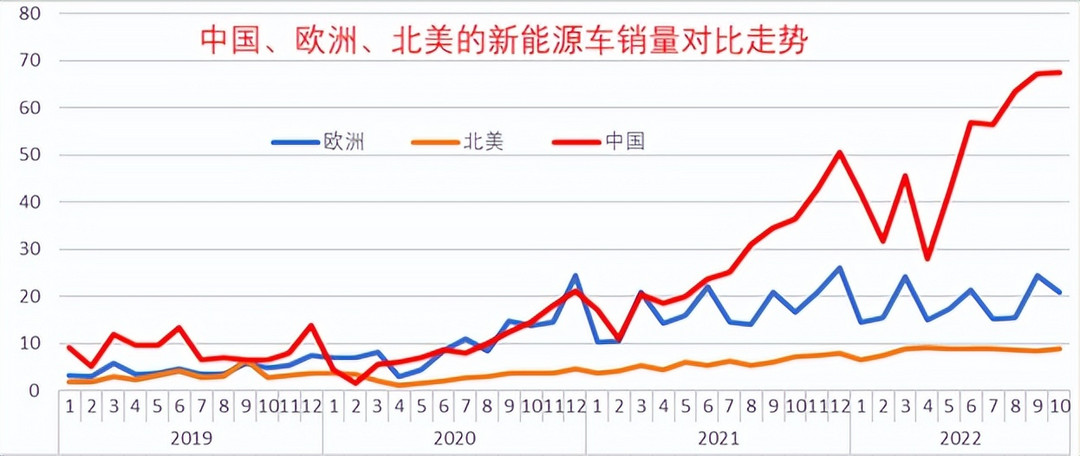
Around 2021, the world’s mainstream car companies have taken an important step in electrification. Coupled with the pressure of the double carbon target, European countries have set off a wave of new energy enthusiasm, and China has become the world’s two hottest electric vehicles. one of the markets. Chinese car companies are going overseas to Europe, and European car companies are also selling electric cars in China, which is very lively.
However, after entering 2022, affected by complex factors such as regional relations, chip shortages, and rising raw material prices, the European electric vehicle market has begun to decline. Not only electric vehicles, but the entire auto market has begun to decline. In the first half of this year, total car sales in Europe reached 5.6 million, down about 14% year-on-year. New car registrations in major auto markets such as the UK, Germany, Italy, and France all fell by more than 10%.
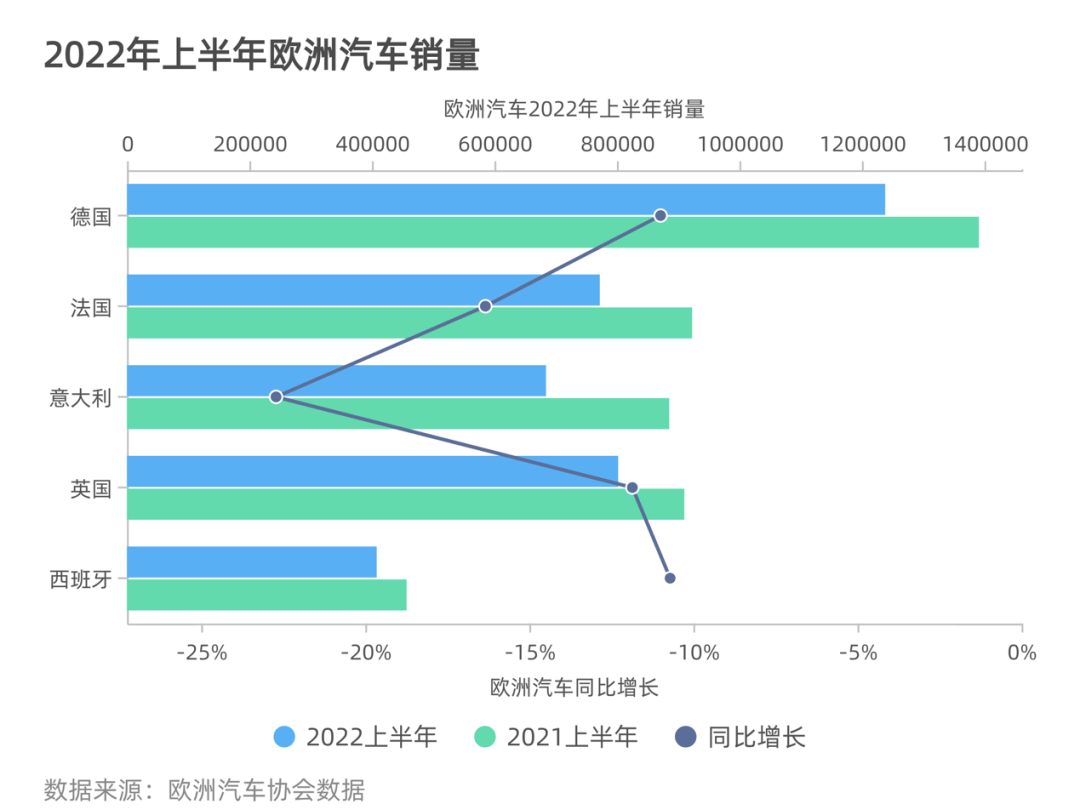
The rapid growth of new energy passenger vehicles has gradually become flat. According to data from the European Automobile Manufacturers Association (ACEA), the sales volume of new energy vehicles in Q1-Q3 in the EU was 986,000, 975,000, and 936,000 respectively , and the overall sales volume continued to shrink.
On the contrary, China’s electric vehicle market is still growing. In the first three quarters of this year, sales of new energy vehicles in China reached 4.567 million , a year-on-year increase of 110%, leaving European and American countries in the dust.
With the strong growth of China’s new energy vehicles, export sales have also made great progress. According to data from the China Association of Automobile Manufacturers, my country’s new energy vehicle exports in the first three quarters of 2022 will be 389,000 units, doubling year-on-year. And more than 90% of the export destinations of new energy vehicles are Europe and other Asian countries.
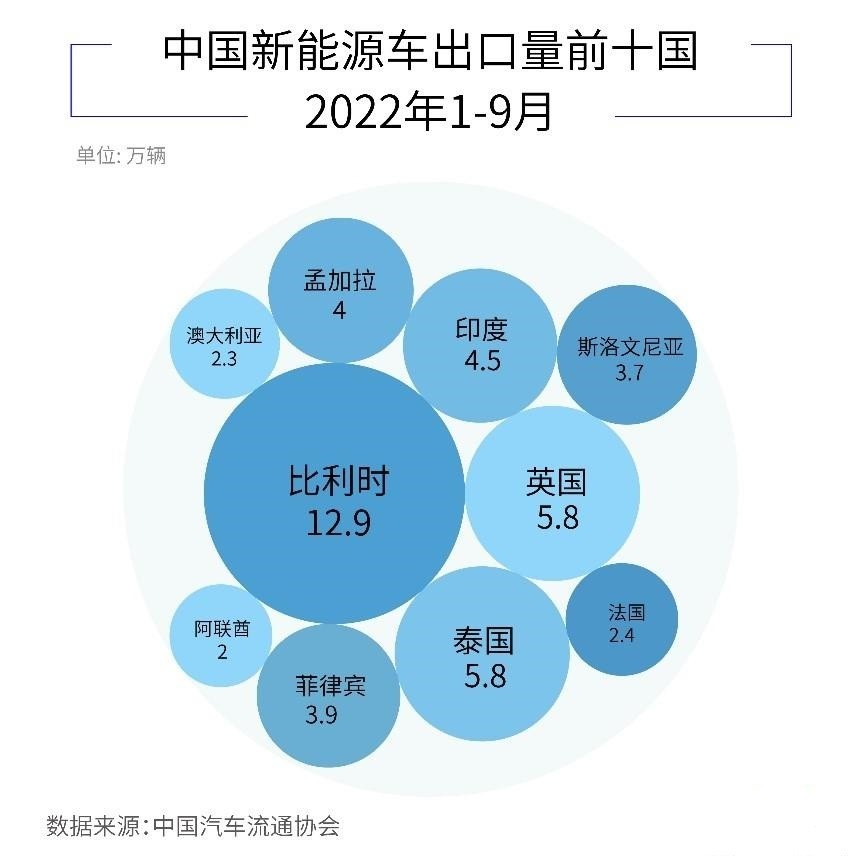
Previously, SAIC MG (MG) went deep into the hinterland of Europe, and later new forces such as Xiaopeng and NIO entered the Norwegian market, and more and more domestic brands are active in Europe. However, judging from the current actions of European countries on electric vehicles, domestic brands’ trips to Europe will not be greatly affected. When the European energy crisis is resolved and the power structure adjustment becomes more reasonable, Europe will only welcome electric vehicle companies .
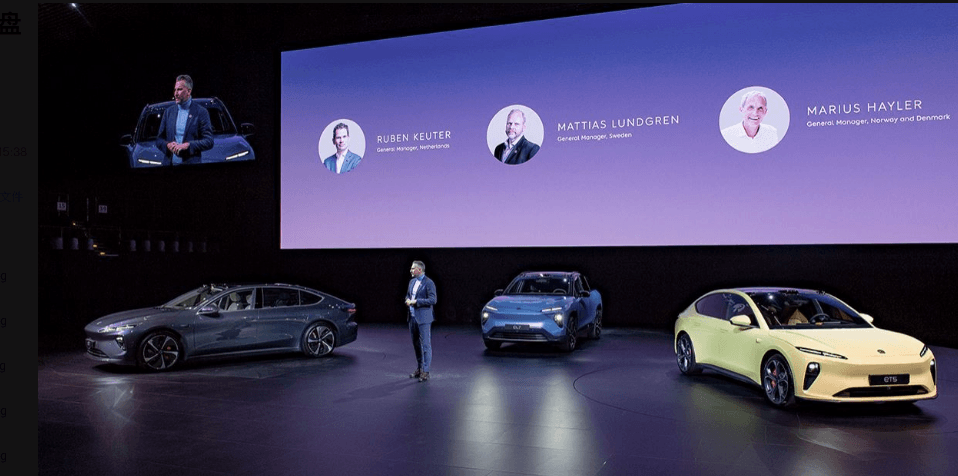
What’s more, car companies such as Xiaopeng and Weilai are currently in the stage of business exploration in Europe, and have not yet fully rolled out, so the impact can be said to be minimal. As the mainstream of the future, electric vehicles, whether it is a European car company or a Chinese overseas company, can make a difference in the world’s second largest market.
Post time: Dec-06-2022